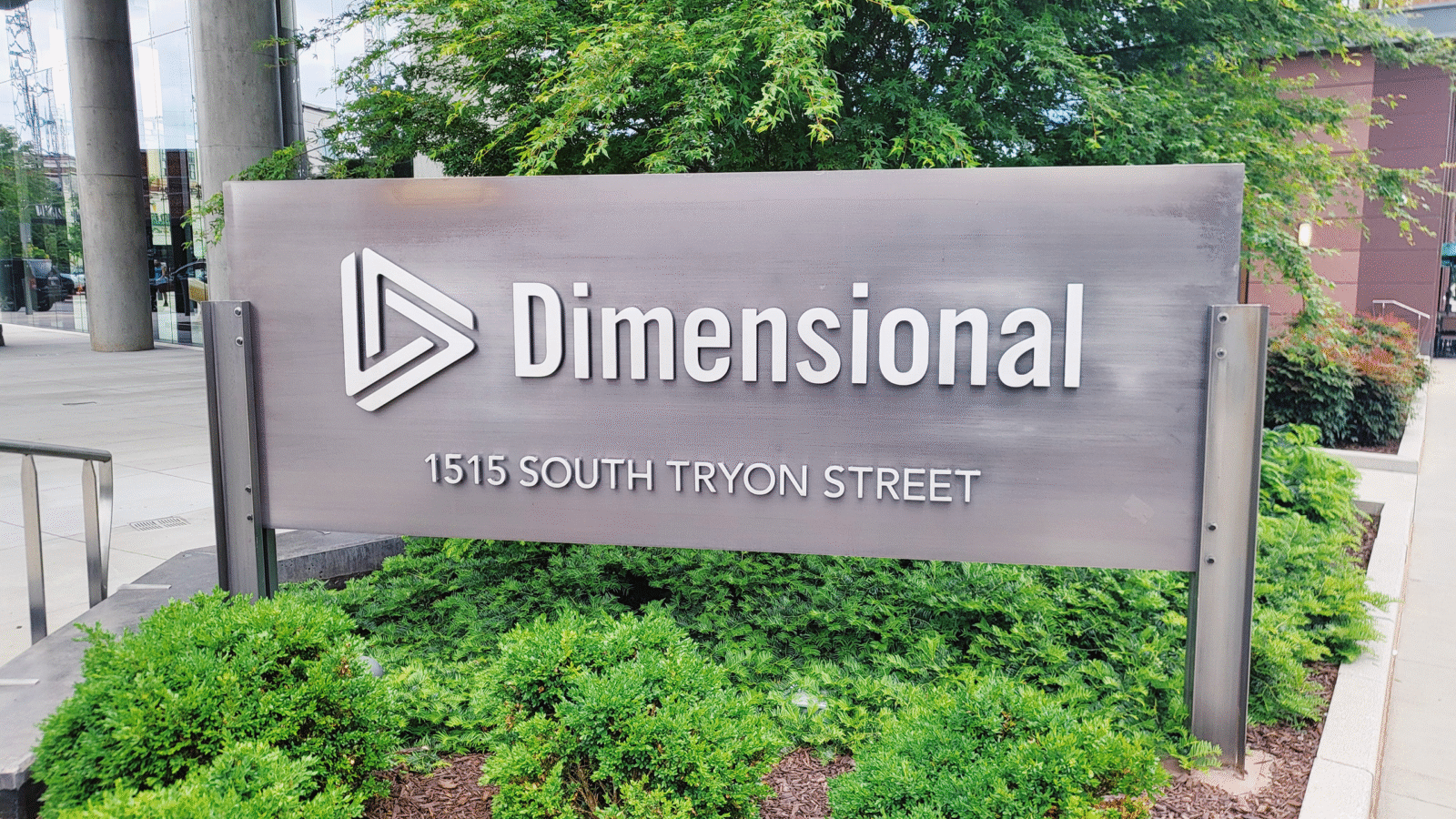Why Private Equity Is Making Small-Cap Investing Harder
Active managers like to tout their defy-the-odds abilities, but chances to get in on tomorrow’s large cap stocks slimmer, Morningstar says.

Sign up for exclusive news and analysis of the rapidly evolving ETF landscape.
It’s getting tough out there for the little guys.
Small-cap stocks have started to lose some of their performance zing compared with large caps. The reason: Private equity and venture capital firms have been snapping up many promising small companies that otherwise would likely have gone public, wresting those potentially lucrative opportunities away from public investors. Over the past two years there has been a widening gap in quality between large-cap and small-cap stocks, according to a recent Morningstar analysis. That includes returns on assets, returns on equity, net margin and debt-to-capital ratios showing that overall, small-cap stocks have increasingly weaker fundamentals compared with large caps, Morningstar passive strategies analyst Zachary Evens said.
It’s not hard to find examples of once-startups that have rocketed to become massive companies that would be right at home next to the Magnificent Seven, if they ever had IPOs: OpenAI, SpaceX and Anthropic, for example, Evens noted. “Increasingly, tomorrow’s huge stocks are already big,” he wrote. And if the trend continues, “tomorrow’s big stocks never exist as a small-cap public company.”
Great Expectations
The tradeoff for the higher volatility of small caps is the potential for outperformance. But the prospects for that have been eroding quickly. Between 1991 and 2024, Morningstar’s US Small Cap Index lagged the US Large Cap Index by 0.49% per year on average, amounting to a 400% lag cumulatively. Still, small caps as a whole outperformed large caps from the mid ‘90s until about 2014, when the relative growth of the small cap index began to slide.
In a recent whitepaper, Osterweis Capital Management cited opportunities for small-cap active managers:
- Between 1994 and 2024, small-cap managers showed roughly a 57% median alpha compared with their funds’ benchmarks, while mid-cap and large-cap managers had negative alpha of about 15% each.
- It’s an inefficient market, with just six analysts per small-cap stock on average, compared with 17 per mid cap and 30 per large cap.
- For eight of the past 10 years, a higher percentage of small-cap managers than large-cap managers has beaten benchmarks.
Let’s Go Out in Public: It could be a time for active managers to really show their worth. They’re just going to have a difficult time doing so, Evens noted. “It provides opportunities for the best small-cap managers, but it doesn’t change the opportunity set from which they are picking stocks,” he said. “Even the best active managers may not have the opportunity to invest in the highest growth potential small-cap stocks, if those remain in private markets.”











